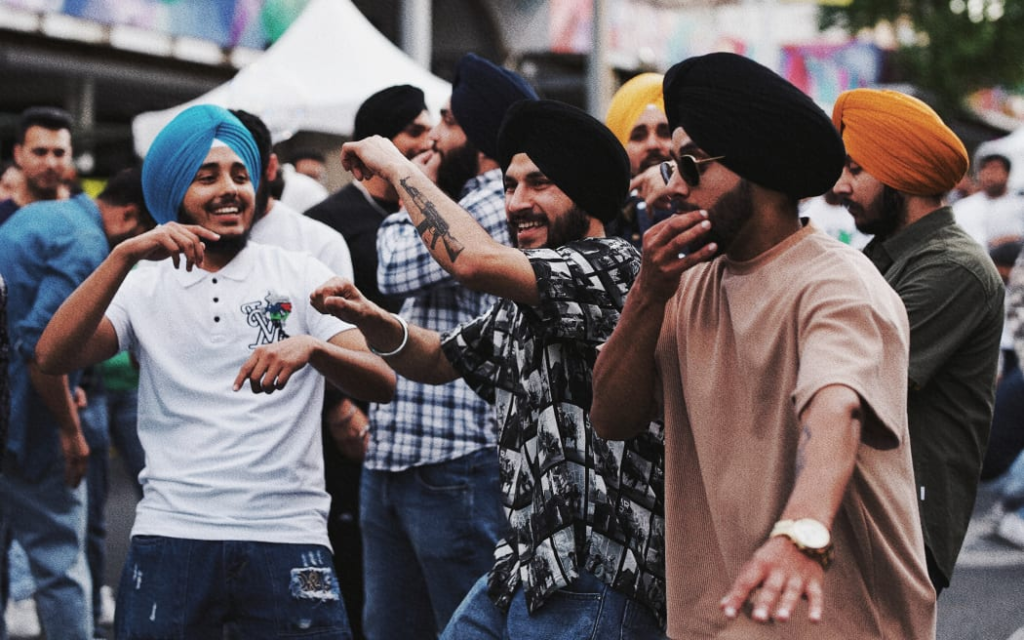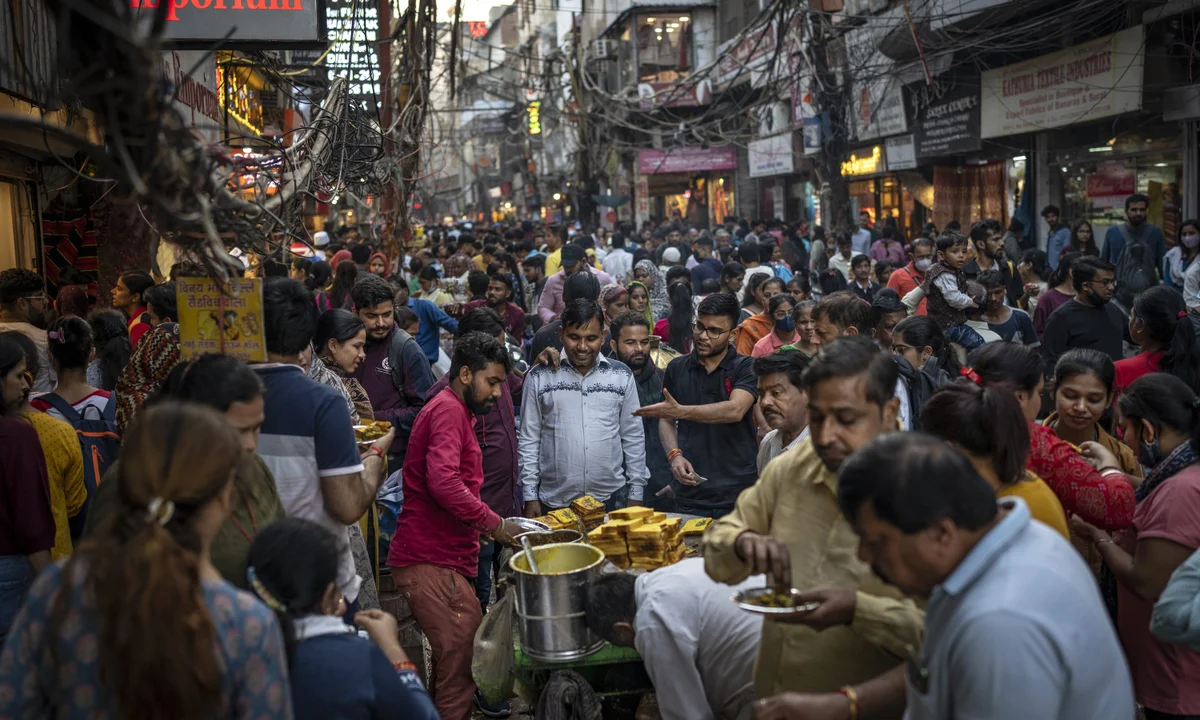The recent Census data reveals a notable change in New Zealand’s ethnic composition. The Indian community has now surpassed the Chinese population to become the third-largest ethnic group in New Zealand.
This significant shift highlights the dynamic and evolving nature of the country’s multicultural identity. Over the years, New Zealand has welcomed a diverse range of ethnic communities, with a substantial increase in the number of people from Asian countries, particularly India and the Philippines.
Census Data and Key Ethnic Groups
The latest Census findings demonstrate a clear shift in New Zealand’s demographic makeup. The ethnic group in New Zealand with the highest population is still the New Zealand European community, which includes over 3 million individuals.
Read : 27-Year-Old Nga Wai Hono i te Po Paki Crowned Maori Queen After Father’s Death in New Zealand
Following that, the Māori community, an indigenous group native to New Zealand, remains the second-largest ethnic group with around 887,493 people.
However, the most significant finding of the 2023 Census is the growth of the Indian community, which has surged by 22% since 2018. The Indian population now stands at 292,092, making them the third-largest ethnic group in New Zealand.
Read : Woolly Wonders: 10 Fascinating Facts About New Zealand’s Sheep
This surpasses the Chinese community, which is now the fourth largest, with a population of 279,039. The rise of the Indian population reflects the increasing immigration from India and the growing contribution of the Indian diaspora to New Zealand’s social and economic landscape.

In addition to the Indian community, the Filipino community has also experienced rapid growth. The Census data shows that the Filipino population has increased by nearly 50% since 2018, growing by over 35,000 to reach a total of 108,297 people. This remarkable growth demonstrates the broader trend of rising Asian ethnic groups within New Zealand’s multicultural society.
Language Trends in New Zealand’s Ethnic Communities
With the growth of these ethnic groups comes an evolution in the linguistic diversity of the nation. As more people from different regions of the world settle in New Zealand, the range of languages spoken across the country continues to expand.
According to the 2023 Census, the most notable changes in language trends include significant increases in the number of people speaking languages such as Punjabi, Tagalog, and Afrikaans.
Punjabi, a language spoken in India and Pakistan, saw the fastest growth, with a 45.1% increase since 2018. This surge in Punjabi speakers is closely tied to the rise of the Indian population, further emphasizing their impact as a key ethnic group in New Zealand.
Tagalog, the national language of the Philippines, also experienced a sharp increase, rising by 37.5%, while Afrikaans, primarily spoken in South Africa, grew by 32.7%.
One of the most interesting language-related trends from the Census is that Hindi now ranks as the fourth most spoken language in New Zealand, while Punjabi holds the ninth position.
This further highlights the growing influence of the Indian community within the country, as Hindi and Punjabi are two of the most commonly spoken languages among the Indian diaspora.
Auckland: A Multicultural Hub
Auckland, New Zealand’s largest city, continues to serve as a vibrant hub of cultural diversity. The city is home to 1.66 million people and hosts the most diverse population in the country.
Approximately 50% of Auckland’s residents have European heritage, while Asian communities make up 31.3% of the population—nearly double the national average of 17.3%.
The city also has a significant Pacific population, with 16.6% of its residents having Pacific Island heritage, compared to 8.9% nationwide.

In terms of ethnic group in New Zealand rankings within Auckland, the Census data shows that the Indian community is thriving. The Indian population in Auckland reached 175,794 in 2023, an increase of 13% from the 154,824 recorded in 2018.
This growth reflects the increasing attraction of Auckland as a destination for Indian immigrants, many of whom come for educational and employment opportunities.
The Chinese community remains one of the largest ethnic groups in Auckland as well, though the Indian population has now overtaken it in national rankings. The overall multicultural environment of Auckland makes it a key reflection of New Zealand’s broader diversity.
The Impact of Overseas-Born Residents on New Zealand’s Ethnic Landscape
The Census data also sheds light on the origins of New Zealand’s population, showing that the country’s diversity is driven, in part, by a large number of overseas-born residents.
Of New Zealand’s total population, approximately 1.4 million people were born outside the country, making up around 40% of the entire population. This diverse mix of international residents plays a crucial role in shaping the nation’s multicultural identity.
The top countries of origin for New Zealand’s overseas-born residents include England, China, and India. Specifically, 4.2% of New Zealand’s population was born in England, while both China and India each account for 2.9% of the population.
The growth of the Indian and Chinese populations, combined with the rising Filipino community, has contributed significantly to the broader increase in Asian ethnic groups across the country.
Nearly half of the growth in the Asian ethnic group in New Zealand can be attributed to the increase in the Indian and Filipino populations. Between 2018 and 2023, the Indian population grew by 22.1%, adding 52,899 people to the community.

The Filipino population, on the other hand, increased by an astonishing 49.1%, adding 35,685 people to New Zealand’s multicultural mix.
The 2023 Census data paints a vivid picture of New Zealand as an increasingly diverse nation. The rise of the Indian community to become the third-largest ethnic group in New Zealand is one of the most significant demographic changes, highlighting the evolving multicultural identity of the country.
Alongside the Indian population, the growth of the Filipino community and the overall increase in Asian ethnic groups further demonstrates New Zealand’s role as a destination for immigrants from around the world.
As the Indian and Chinese communities continue to expand, their contributions to New Zealand’s economy, culture, and society will only grow in importance.
The increasing linguistic diversity, with more people speaking Hindi and Punjabi, and the thriving multicultural hub of Auckland, reflect the broader changes taking place across the country. As New Zealand moves forward, it remains clear that its multicultural society will play a central role in shaping its future.

